

Copyright 2010 by Jessica Kerwin Jenkins
All rights reserved. Published in the United States by Nan A. Talese/Doubleday, a division of Random House, Inc., New York, and in Canada by Random House of Canada Limited, Toronto.
www.nanatalese.com
Doubleday is a registered trademark of Random House, Inc. Nan A. Talese and the colophon are trademarks of Random House, Inc.
constitutes an extension of this copyright page.
Illustrations by Elizabeth Haidle
LIBRARY OF CONGRESS CATALOGING-IN-PUBLICATION DATA
Jenkins, Jessica Kerwin
Encyclopedia of the exquisite : an anecdotal history of elegant delights /Jessica Kerwin Jenkins.1st ed.
p. cm.
(alk. paper)
1. Curiosities and wonders. I. Title.
AG243.K447 2010
001.94dc22 2010003191
eISBN: 978-0-385-53365-2
v3.1_r1
For Nico
Contents
I dont know what I may seem to the world, but, as to myself, I seem to have been only like a boy playing on the seashore, and diverting myself in now and then finding a smoother pebble or a prettier shell than ordinary, whilst the great ocean of truth lay all undiscovered before me . SIR ISAAC NEWTON

Great effort has been made to be certain that all the information found in this book is factual, accurate, and up-to-date, as well as amusing. Notification of any errors or inaccuracies would be greatly appreciated: .


INTRODUCTION

This book first took form in my grade-school jewelry box, designed to look like a small birdcage with a faux canary swinging behind brass bars. In its shallow drawer I kept a prism that made rainbows, two Mexican pesos, an unusually large acorn cap, a miniature seashell, the face of my fathers old Timex, and a sample vial of Patous Joyall my treasures.
The word exquisite comes from the Latin verb exqurre , to search out, or to seek. It means uncommon delicacies, carefully selected, and the kind of beauty that can excite intense delight or admiration, as explained in The Oxford English Dictionary . For many years, I wrote for a slick magazine, trying my best to invoke that sense of delight by lending a fashion designers story haute romance, giving a new shop an old pedigree, or dusting off an antique idea to make it sparkle anew. Becoming part of the luxe fantasy was as easy as swiping a credit card. That is, if you could afford it. But in real life, in my life, I didnt make enough to land the fancy trinkets I wrote about. I was Holly Golightly with my nose pressed against the glass.
While those years taught me to recognize beauty of all kinds, to respect it, and to allow myself the time to ponder the exquisite, by contrast, this book is an ode to lifes many luxuries that dont require much spending. Its about how knowing the royal lineage of a common Bartlett pear or the origins of the top hat can make you feel rich, and about how learning the history of the Japanese kimono or of confetti can turn the world vast and strange.
The earliest encyclopedias, like Pliny the Elders thirty-seven-volume Natural History (first century AD), celebrated natures marvels, describing fantastic creatures of Africa and Asia, incredible gemstones, and miraculous plants. Similarly, Renaissance authors compiled books of knowledge with an exotic bent, like cabinets of curiosities assembled by the nobility. Theyre brimming with mysterious artifacts, religious relics, and intriguing clockworks, presented alongside the occasional unicorn tusk. This spirit of renewing old sources of beauty guided my search.
My encyclopedia is also like its predecessors in that its scope is far-flung, extravagant, and maybe a little eccentric. And like those early books, its also very personal. Wikipedia represents the accumulated knowledge of the general public. These entries sprang directly from a file I kept on my desk, bulging with scribbled scraps, Xeroxed articles, quotes, and curious images Id come acrossanything that lit a spark, or excited intense delight. In my mind I called the collection Why I Like It Here, here meaning on the planet. If I was having a bad day, flipping through the file could sweep me into a dreamy demimonde where things didnt seem so bad.
Yet, unlike the couture collections and black-tie balls I wrote about for my job, many of these pieces of ephemera illuminated an esoteric world independent of big-ticket luxury, and one that gave off an aura of wonder that was even more beguiling. Ive often found myself defending frivolity when in serious-minded company. This book is an homage to frivolitythough again, I dont mean the empty gesture of spending too much: doing something frivolous means doing something pretty and purposeless. And what better reason to do something than for no reason at all? I believe its essential.
At every step along the way, the obscure, exquisite, and twinkling facts I gleaned filled my notebooks, fueled my imagination, and delivered an exhilaration that splurging on some new bauble could never do. To me these carefully compiled tales of folly are the treasures that make it all worthwhile.

 AEROSTATION
AEROSTATION
The art of hot-air ballooning
By 6 A.M . carriages blocked the road from Paris to Versailles, where a fire raged in the chteaus courtyard one September morning in 1783. Black smoke funneled into a heaving aerostatic machine, the bulk of it painted blue with gold curlicues. The hot-air balloon, as it is now known, was slowly swelling and coming to life.
King Louis XVI and Marie Antoinette stood by. People crowded the streets watching the sky. Spectators climbed onto nearby rooftops and filled every window of the chteau, as attendants placed a trio of passengers into the balloons basketa duck, a sheep, and a rooster, historys first aeronauts. Up they went, drifting for eight minutes before sinking into the woods, where a recovery crew on horseback raced to find them. Dazed, but otherwise unharmed, the pilgrims were presented to the king, who was so pleased he promptly ordered the creatures cooked for his dinner.
The balloon, invented by the enterprising French brothers Joseph-Michel Montgolfier (17401810) and Jacques-tienne Montgolfier (17451799), was inspired, Joseph claimed, by seeing Madame Montgolfiers chemise fluttering as it dried near the fire. A month after the first flight, it was the first contraption to ferry humans into the aerian ocean, when the twenty-six-year-old daredevil Piltre de Rozier (17541785) rose to a height of eighty feet in a Montgolfier balloon held in place by ropes.
Still, no one had flown untethered. The king had decreed that only a condemned inmate could fly freely, in exchange for a pardon. But, working his connections at court, de Rozier convinced King Louis that aerostation was safe, and Louis watched from below in the Bois de Boulogne park as Rozier and his aristocratic copilot the Marquis dArlandes (17421809) climbed aboard their aerostatic machine.
Next page
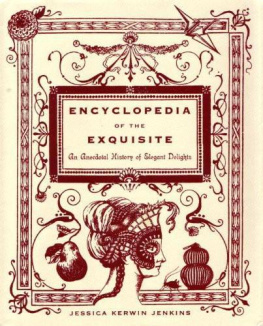


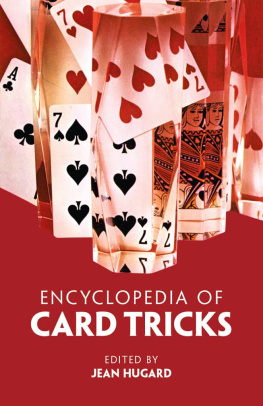
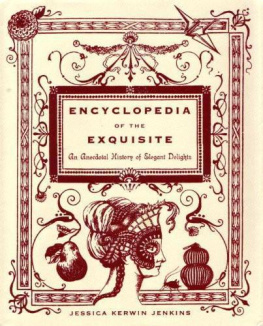



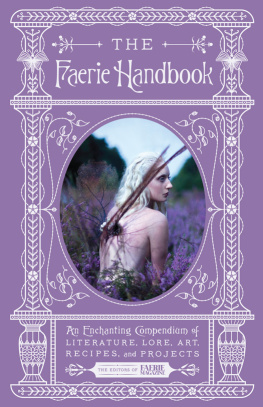
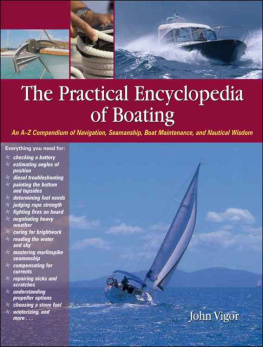





 AEROSTATION
AEROSTATION